Training to become an architect is anything but cheap. From tools to supplies, the cost is usually a bit high. The most overwhelming part it is that your budget on a project has a huge effect on the outcome of your designs and models. Today, I’m going to talk about how you can have a nice outcome on your project without spending too much on it.
The Essentials
As an architecture student, there are the essential drawing tools and supplies. These range from the paper you draw on, the pencil you use, scale rule, set squares, T-square, color pencils, markers, masking tape, erasers, sharpener, etc.
For paper, the price ranges with the size, but the most common types of paper size used is A3, A2, and A1. The quality of the paper also matters. The quality is measured in grams. I was a huge fan of the 100 grams paper because I loved using colors and markers. The quality of the paper made the colors look more appealing, but its a bit expensive compared to 80 grams or 70 grams.

Pencils are of two types to an architect. You can use the traditional wooden pencil or you can go for the mechanical pencil which is refilled. Both have their pros and cons which will be discussed in another blog post, but I would suggest the mechanical pencil as refills are very cheap.
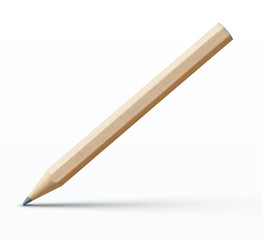
Wooden Pencil 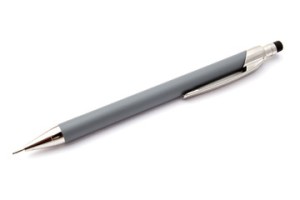
Mechanical Pencil
Having the right markers and colors can do wonders to the final look on your drawing. Good quality markers are expensive and some don’t even last long. Learning to balance between markers and colors makes them last longer and adds a great touch to your drawings.

The Advanced Tools
These are tools that are not used on a daily basis but are equally as important. These included templates, stencils, French curves, ink pens, tracing paper, compass, etc.
Templates and stencils are important tools that are used as guides in drawing certain shapes. They come in different scales and types. The most important templates would have to be the circle template and furniture template. You can have a single circle template, but for the furniture template, it depends on your most used scale of drawing. It comes in scale 1:50, 1:100 and 1:200. You don’t have to own them all because they are expensive, but advisably choose the best scale for your working drawings and presentation drawings.
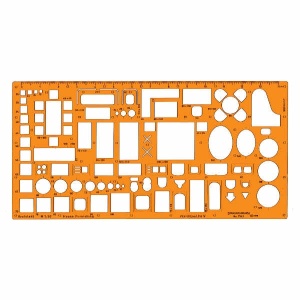
Furniture Template 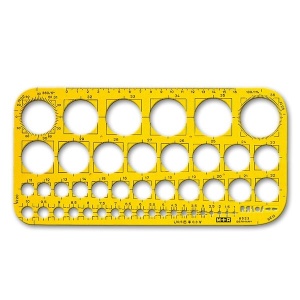
Circle Template
French curves are tools that help you draw curved lines such as ellipses, parabolas and hyperbolas. They are of different sizes and shapes. The traditional French curve used usually comes in a set of 3. It is plastic, cheap and can easily break if not handled with care.

Ink pens are pens used for tracing drawings. They come in different line widths ranging from 0.1mm to 2.0mm. They can be sold in pieces or in set of 3, 4 or 8. These pens are generally expensive but the price ranges from the brands. The best brand to buy will have Rotring as it is not as expensive as other brands. The pens are refilled with ink. The ink is of moderate price and lasts long.
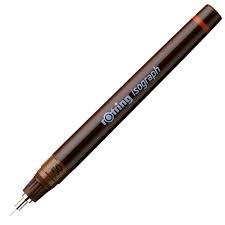
Rotring Ink Pen 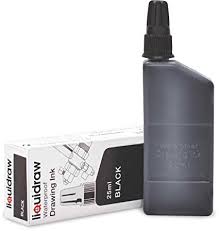
Ink
Tracing paper is used for tracing drawings for final ink juries. Tracing paper is fragile, it can tear easily and mistakes can’t be erased. You need to be extra careful when tracing your drawings. The cost of tracing paper usually fluctuates but it is a bit costly especially when you are using it in bulk.

The Modelling Tools

Modelling tools are tools used for making models. Modelling is a unique part of architecture. It is a 3D version of any design, either exterior or interior, which gives more realistic details about the design like color, texture, proportion etc. In achieving these details for a more appealing model, there is an issue of cost. The more you spend on materials for your model, the better its appearance. I like to think that models can be made on a budget. Set a budget for yourself and work within it. Your model does not necessarily have to be realistic. You can opt for an abstract model, or a block model.

Abstract Model 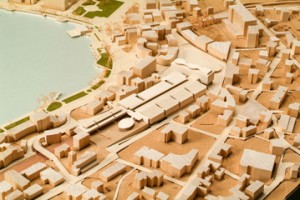
Block Model
The essential tools for modelling include blades, cutters, scissors, steel ruler, glue etc. Blades or cutters are of different sizes. Ideally, you should have a small size and a larger one. The small size helps you with tiny cuts or sharp angles, while the big one will help you with cutting through thick materials. A steel ruler is required to guide you in making straight cuts. Glues are of different types, but its advisable to go with adhesive glue as it is more effective, even though it can be a bit messy. For materials, just work within your budget and be creative.
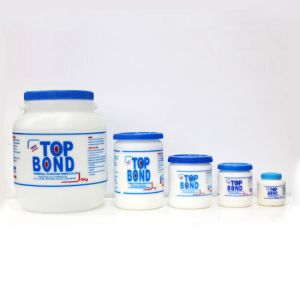
Water-based Adhesive Glue 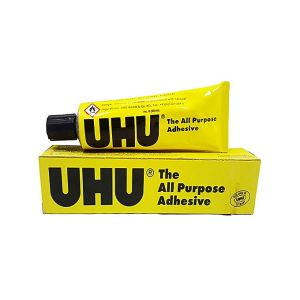
All Purpose Adhesive Glue
One important thing in dealing with your tools is maintenance. If you maintain your tools properly, you will only need to purchase them once and use them till graduation. I hope this will help you in making decisions when it comes to buying all your necessary equipment. I left out that prices because they range from different localities and I wouldn’t want to throw you off track.
Thank you for reading and stay tuned for more posts!

Nice one quit studio
LikeLiked by 1 person
Useful tips for Architecture students 👍🏻
LikeLiked by 1 person